Happy Birthday, Norman Borlaug!
Today, the International Maize and Wheat Improvement Center will celebrate what would have been Dr. Norman E. Borlaug’s 100th birthday with the Borlaug Summit on Wheat for Food Security, which brings together wheat scientists, policymakers, and donor agencies to reflect on the successes of the Green Revolution; the new challenges we are facing in terms of wheat production, environmental sustainability, and food security; and the innovations and partnerships we are going to need to meet those challenges. At the Summit, CIMMYT and Biology Fortified will debut a brand new music video produced by John Boswell of Melodysheep featuring Norman Borlaug and some of his signature phrases, fiery outlook, and passion for using science to make the world a less hungry place.
The music video combines archival footage of Dr. Borlaug and an inspiring soundtrack to highlight his tireless fight to bring new, useful technologies to farmers. The problems that motivated Dr. Borlaug are still relevant today, and the music video highlights these issues while showing how people can work toward solving them. Boswell, who produced the popular Symphony of Science music video series, transforms the spoken words of famous scientists into music.
The Borlaug Summit on Wheat for Food Security honors the 100th anniversary of the birth and the legacy of Dr. Norman Borlaug, a legendary CIMMYT scientist who developed high-yielding, semi-dwarf wheat that is credited with saving over 1 billion people from starvation. The Summit will look back at Borlaug’s legacy as the father of the Green Revolution, which sparked key advances in food production. He was awarded the Nobel Peace Prize in 1970 in recognition of his contributions to world peace through an increased food supply. Borlaug’s wheat varieties were grown in Mexico, Turkey, India and Pakistan, boosting harvests in those countries, avoiding famine in South Asia and sparking widespread adoption of improved crop varieties and farming practices.
In celebration of Dr. Borlaug’s centennial, throughout the year Biology Fortified will produce content – interviews, articles, blog posts, and other interactive features – about wheat and its importance around the world. Biology Fortified will aim to educate about the history and biology of the crop, and spark discussions of critical issues in its future. They will also include videos about how wheat is used in cuisines throughout the world, with recipes that people can try at home.
View the Play Hard video on YouTube.
For more information on the Borlaug Summit on Wheat for Food Security, visit www.borlaug100.org.


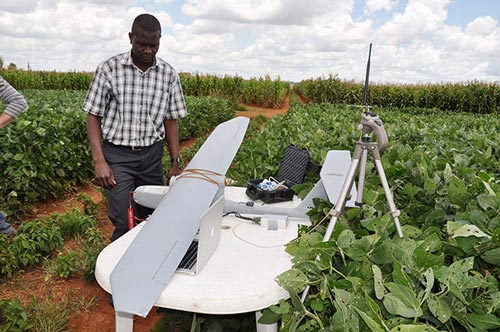
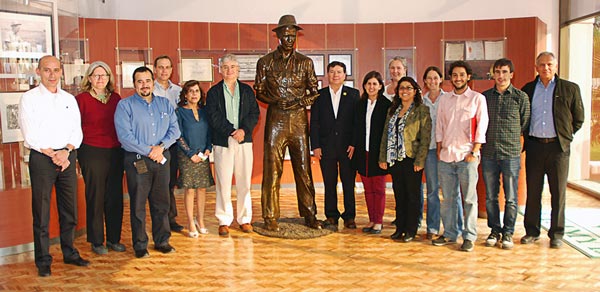
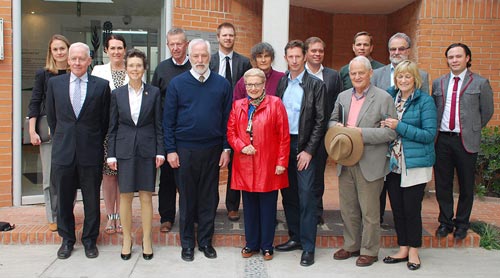
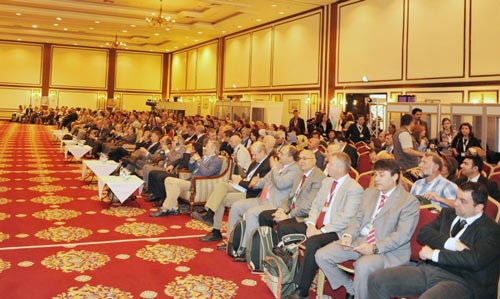 More than 650 people from 75 countries attended the International Plant Breeding Congress in Antalya, Turkey, from 11 to 14 November. The congress was organized by the Turkish Union of Plant Breeders, with help from CIMMYT and officials of the Ministry of Food, Agriculture and Livestock of Turkey.
More than 650 people from 75 countries attended the International Plant Breeding Congress in Antalya, Turkey, from 11 to 14 November. The congress was organized by the Turkish Union of Plant Breeders, with help from CIMMYT and officials of the Ministry of Food, Agriculture and Livestock of Turkey.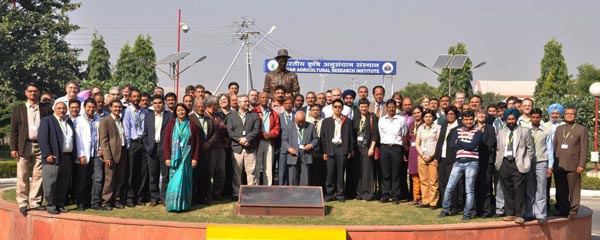
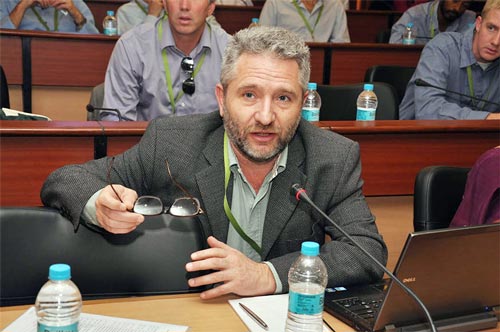
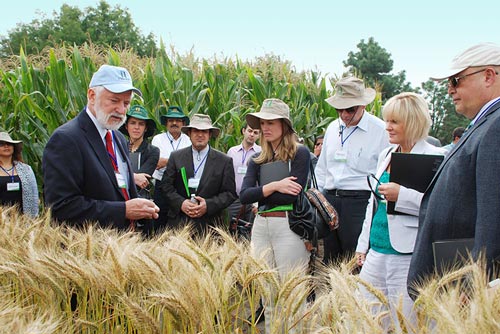

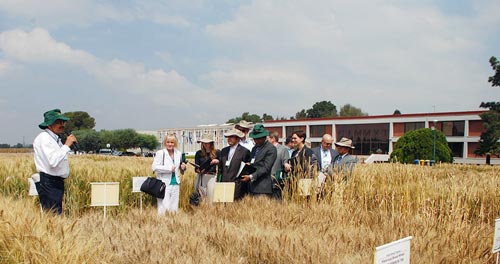
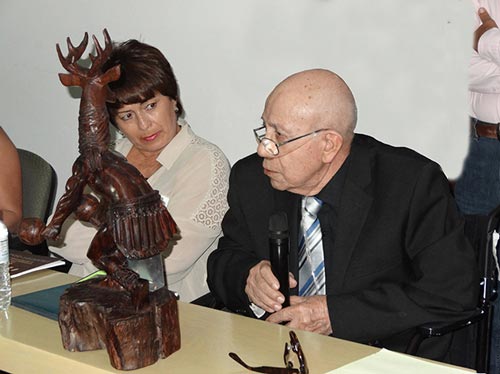
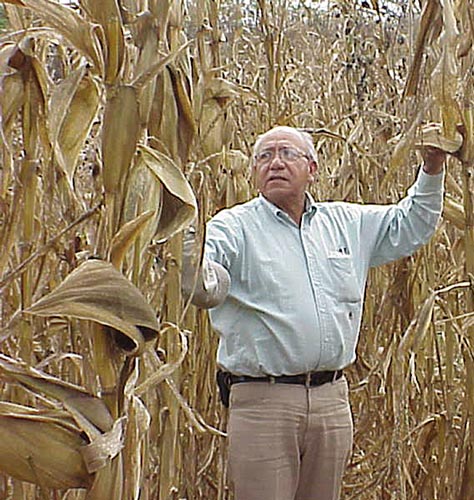
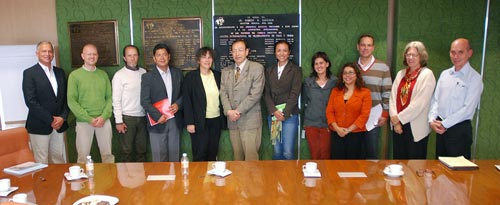
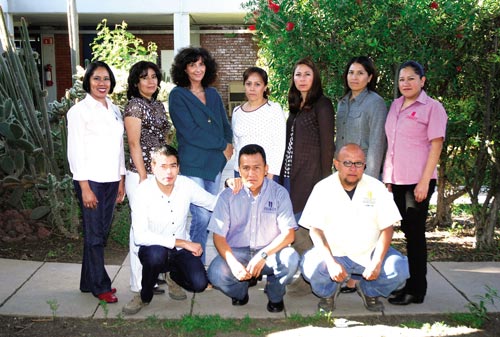 Since obtaining official accreditation in 2007, CIMMYT’s Seed Health Lab (SHL) must undergo a yearly audit to detect any deviation ISO/ IEC 17025 (General requirements for the competence of testing and calibration laboratories). To fulfill this requirement, on 17-18 June 2013, the Mexican Accreditation Entity reviewed the SHL’s quality system and seed testing protocols, and also inspected its new facilities in the Bioscience Building. It applied international standards on the general requirements for testing and calibration laboratories and found zero non-conformities at the SHL.
Since obtaining official accreditation in 2007, CIMMYT’s Seed Health Lab (SHL) must undergo a yearly audit to detect any deviation ISO/ IEC 17025 (General requirements for the competence of testing and calibration laboratories). To fulfill this requirement, on 17-18 June 2013, the Mexican Accreditation Entity reviewed the SHL’s quality system and seed testing protocols, and also inspected its new facilities in the Bioscience Building. It applied international standards on the general requirements for testing and calibration laboratories and found zero non-conformities at the SHL.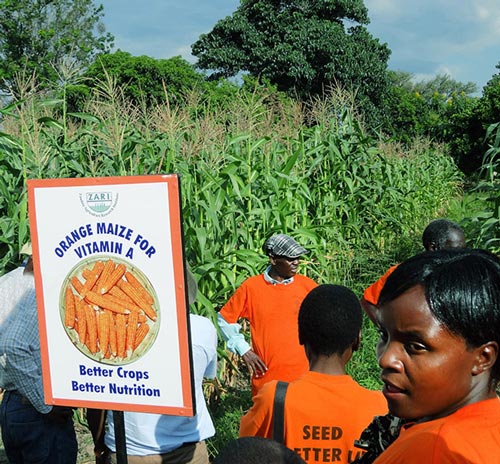 With over 50% of Zambian children under five vitamin A deficient, Zambia faces a major public health problem. This has resulted in several government intervention programs including vitamin A supplementation and sugar fortification, efforts which will soon be complemented by the release of three orange maize hybrids with higher levels of provitamin A carotenoids (compounds converted to vitamin A when consumed) developed by CIMMYT in collaboration with the Zambia Agriculture Research Institute (
With over 50% of Zambian children under five vitamin A deficient, Zambia faces a major public health problem. This has resulted in several government intervention programs including vitamin A supplementation and sugar fortification, efforts which will soon be complemented by the release of three orange maize hybrids with higher levels of provitamin A carotenoids (compounds converted to vitamin A when consumed) developed by CIMMYT in collaboration with the Zambia Agriculture Research Institute (